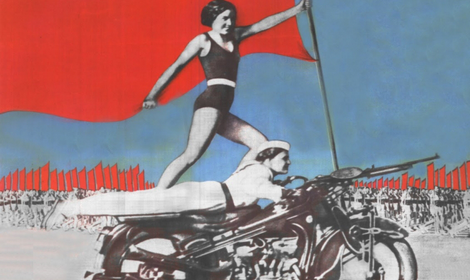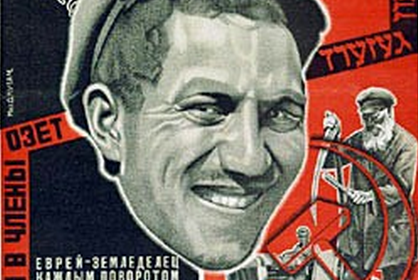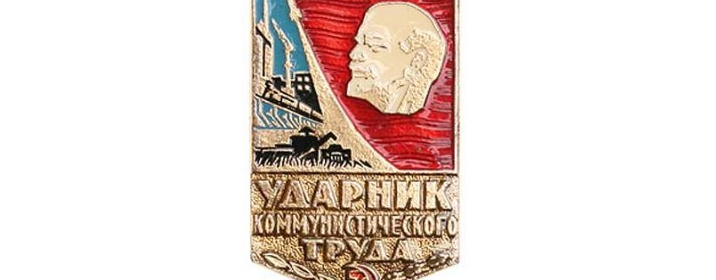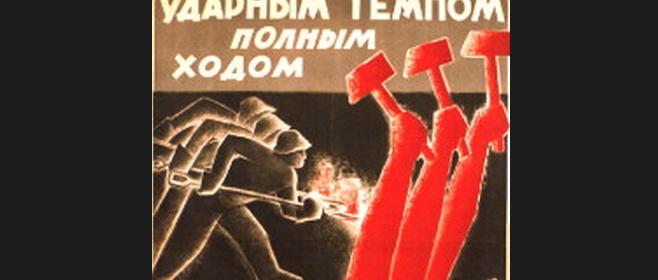“The old has passed away; behold, the new has come.”

The 1930s saw a great shift in Soviet Culture. The nation was moving from a time of internal conflict and struggle that surrounded the Revolutions and Civil War of the 20s, to an era where Soviet Culture began to sculpt a more optimistic identity for the nation. The decade saw the concept of the “ideal” … Continue reading “The old has passed away; behold, the new has come.” →![]()








